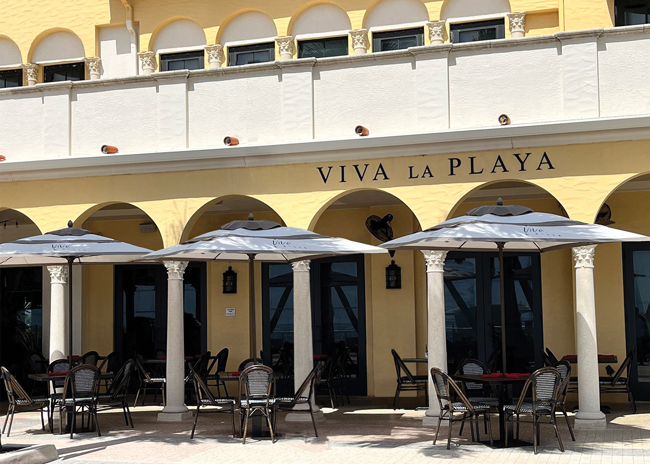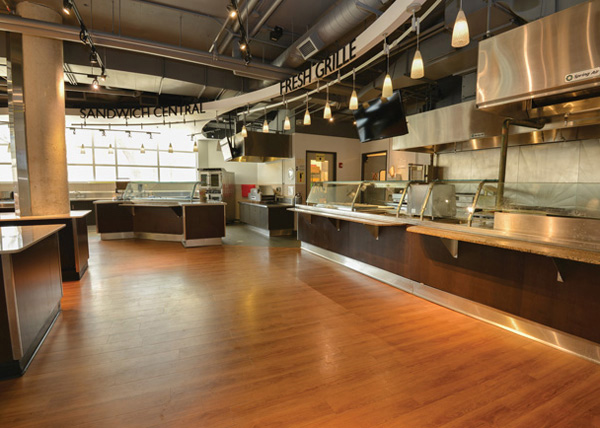A restaurant and/or bar’s seating area is as important to the overall brand as the menu, music and service.
Studies have shown that, along with aesthetics, seating comfort positively impacts restaurant diners’ mindset.
Budget, comfort, style, durability and type of use all come into play when choosing seating components for commercial foodservice front-of-house areas. The types of chairs will depend on the size of the restaurant and its capacity.
The concept type impacts the seating, whether it’s casual or fine dining. This narrows down the choices. While vinyl is appropriate for a sports bar, plush seating is warranted in fine dining.
Tables need to coordinate with chairs, counters, booths, bar tops and stools to set up the dining expectation.
The common vernacular for table sizes is two top, meaning two people can be accommodated at a 24-inch-by-30-inch table, and four top, or seating for four at a table that measures 30 inches by 48 inches.
Table bases serve as the foundation and are a key component of this furniture. In the past, most tables were four legged, but today pedestal table bases dominate the commercial marketplace.
For outdoor seating areas, heat lamps provide added flexibility for the space and enhance customer comfort with cooler temperatures. Electric, propane and infrared types can be freestanding for pole mounting or attach to ceilings or walls for versatile use.
Bottom line—function over style is typically the way to go when it comes to front-of-house seating.
Not sure where to start? Try these articles:



